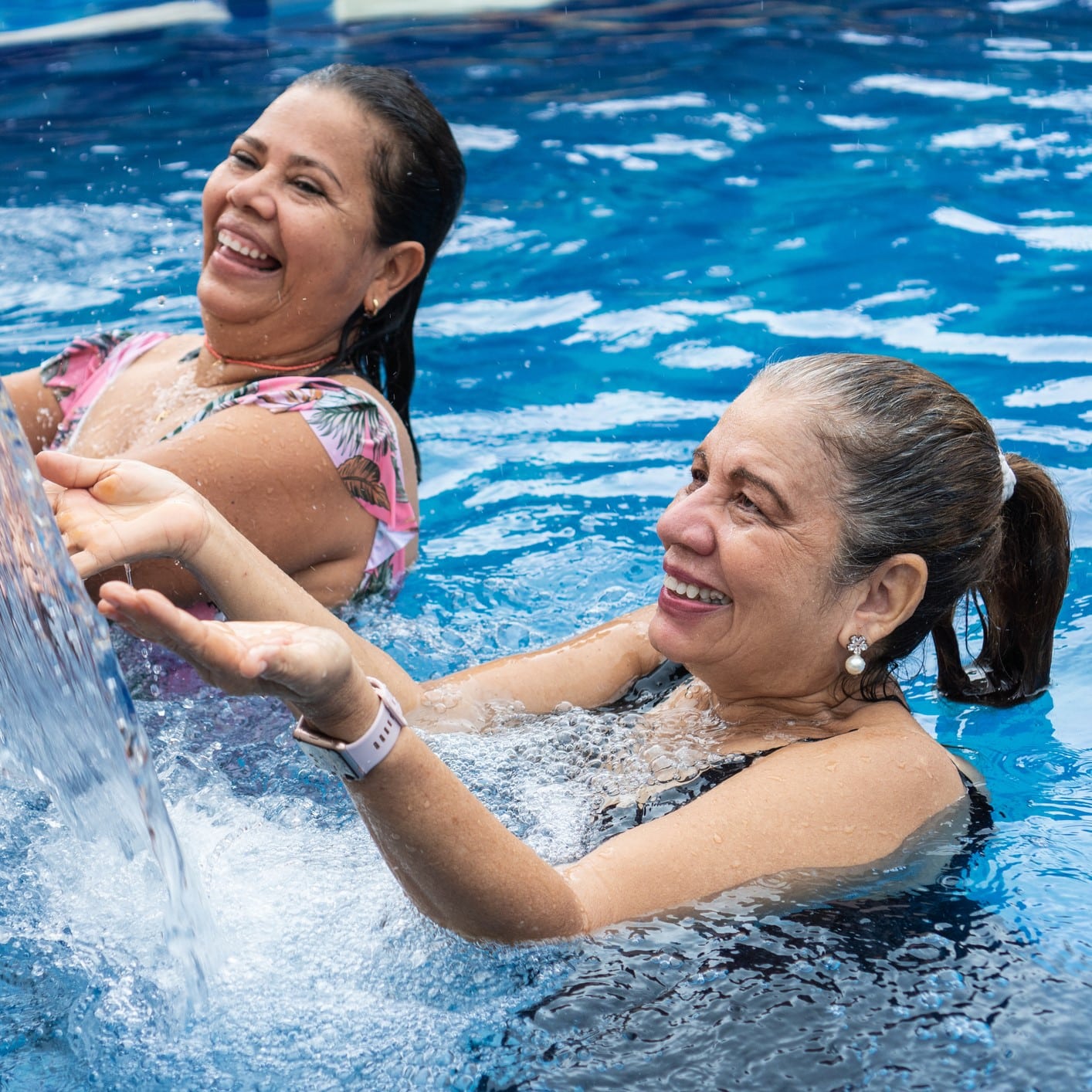Water gets in your ears whenever you swim, shower or sweat, but sometimes a slight block in the ear canal can trap the water inside the ear canal. This may feel like a tickling feeling inside your ear, cause muffled hearing or even cause ear pain. Leave it untreated, and an infection can develop.

You must get water out of your ears safely, however. If done poorly, your attempts to free the water from your ear could increase your chances of infection or lead to a perforated eardrum. Let’s discuss how to do this safely.
Effects of Water in Your Ears
Adding moisture to your ear canal creates ideal conditions for bacterial growth. Bacteria prefer dark, warm, damp places. Too much bacteria and you can develop an ear infection.
Ear infections caused by water in the ear are widespread: approximately 10% of people will develop an ear infection in this way. This type of infection was even named for the phenomenon: swimmer’s ear.
What To Do
Your ear is designed to handle the problem naturally, but you can help it along. Let gravity do the work; often, water can drain out just by tilting your head or lying on your side for a few minutes with your head resting on a towel. Manipulate and straighten the shape of the ear canal by tugging on your earlobe, chewing gum or yawning. You can also create a suction effect by cupping your palm over your ear and gently pressing and releasing your hand with your head tilted to the side.
Drying drops are an option if the above tactics do not work. There are over-the-counter drops, or you can make your own at home by mixing one part white vinegar and one part rubbing alcohol. Pour about one teaspoon of the mixture (less if it’s a child’s ear) into each ear, tilt your head and drain it out. Note: Do not do this if you have an ear infection, ear tubes or a perforated eardrum.
What Not to Do
Do not stick anything into your ear, such as a Q-tip or finger. If you use a towel, don’t stick the towel in your ear, either. Putting anything in your ear could have many effects, including:
- Pushing the water further into the ear
- Puncturing the eardrum
- Impacting earwax in the canal, worsening the blockage
- Scratching the delicate skin of the ear canal, which could make you more susceptible to infection
- Adding more bacteria to the area (e.g., bacteria from your finger)
When to See a Doctor
If two or three days pass and the water has still not naturally exited the ear, or if you’re showing signs of an infection, you should see a healthcare provider.
Watch for symptoms of a worsening infection, such as redness or swelling in the ear, pain extending to the jaw or temple or a fever. An ear infection can become serious if you don’t seek treatment for it. Call Charleston ENT & Allergy today to find out more.
